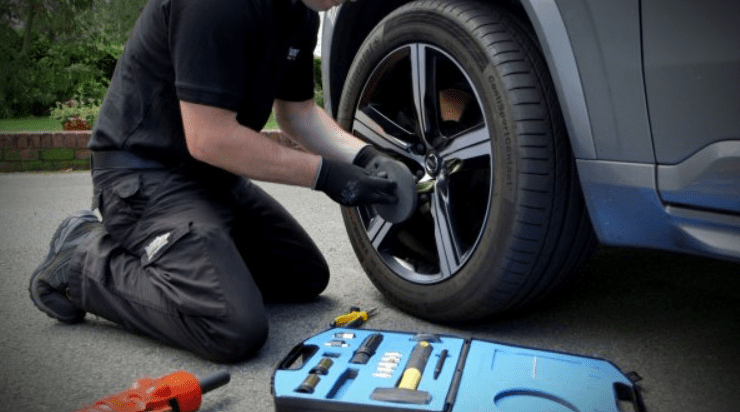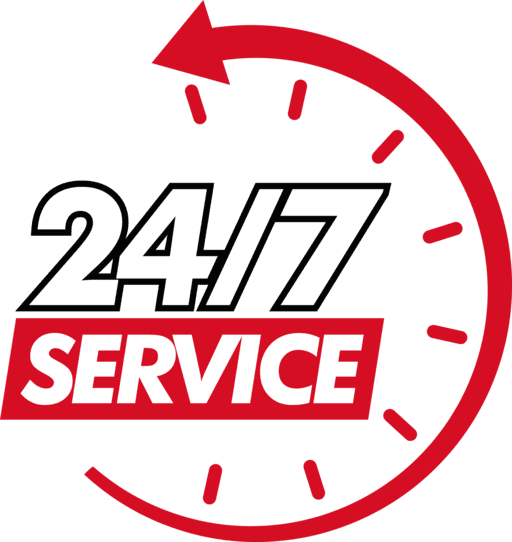Correct tyre pressure is crucial for several reasons:
- Safety:
- Handling and Stability: Properly inflated tyres ensure optimal contact with the road, improving handling and stability. Under-inflated tyres can lead to poor handling and increased risk of skidding, while over-inflated tyres can make the vehicle overly sensitive to road imperfections.
- Reduced Risk of Blowouts: Correct pressure helps prevent overheating and blowouts. Under-inflated tyres can overheat and fail, while over-inflated tyres are more prone to damage from road debris or impacts.
- Tire Longevity:
- Even Wear: Maintaining the right pressure helps ensure even tread wear. Under-inflation causes wear on the outer edges of the tyre, while over-inflation leads to wear in the center. Even wear extends the life of your tyres.
- Fuel Efficiency:
- Improved Fuel Economy: Correct tyre pressure reduces rolling resistance, which means the engine doesn’t have to work as hard, leading to better fuel efficiency. Under-inflated tyres increase rolling resistance and fuel consumption.
- Comfort:
- Smooth Ride: Properly inflated tyres help absorb road shocks and provide a smoother, more comfortable ride. Over-inflated tyres can make the ride harsh and less comfortable.
- Braking Performance:
- Effective Stopping Power: Tyres with the correct pressure provide better grip and braking performance. Under-inflation can reduce the contact patch and increase stopping distances, compromising safety.
- Traction:
- Optimal Grip: Correct pressure ensures the tyre maintains its designed shape, which optimizes grip and traction on various road surfaces. This is particularly important in adverse weather conditions.
- Cost Efficiency:
- Reduced Repair Costs: Regularly checking and maintaining proper tyre pressure can prevent premature tyre wear and the associated costs of replacements. It also avoids potential damage to other vehicle components, such as suspension parts.
For these reasons, it’s essential to check your tyre pressure regularly—at least once a month and before long trips—and adjust it according to the manufacturer’s specifications, which can usually be found on a sticker inside the driver’s door frame or in the vehicle’s owner’s manual. If you need your tyres fitted or replaced, contact us today.






